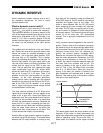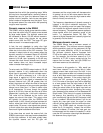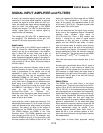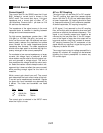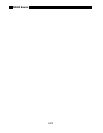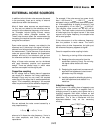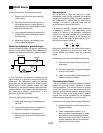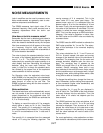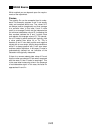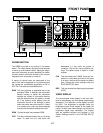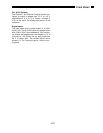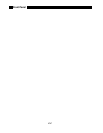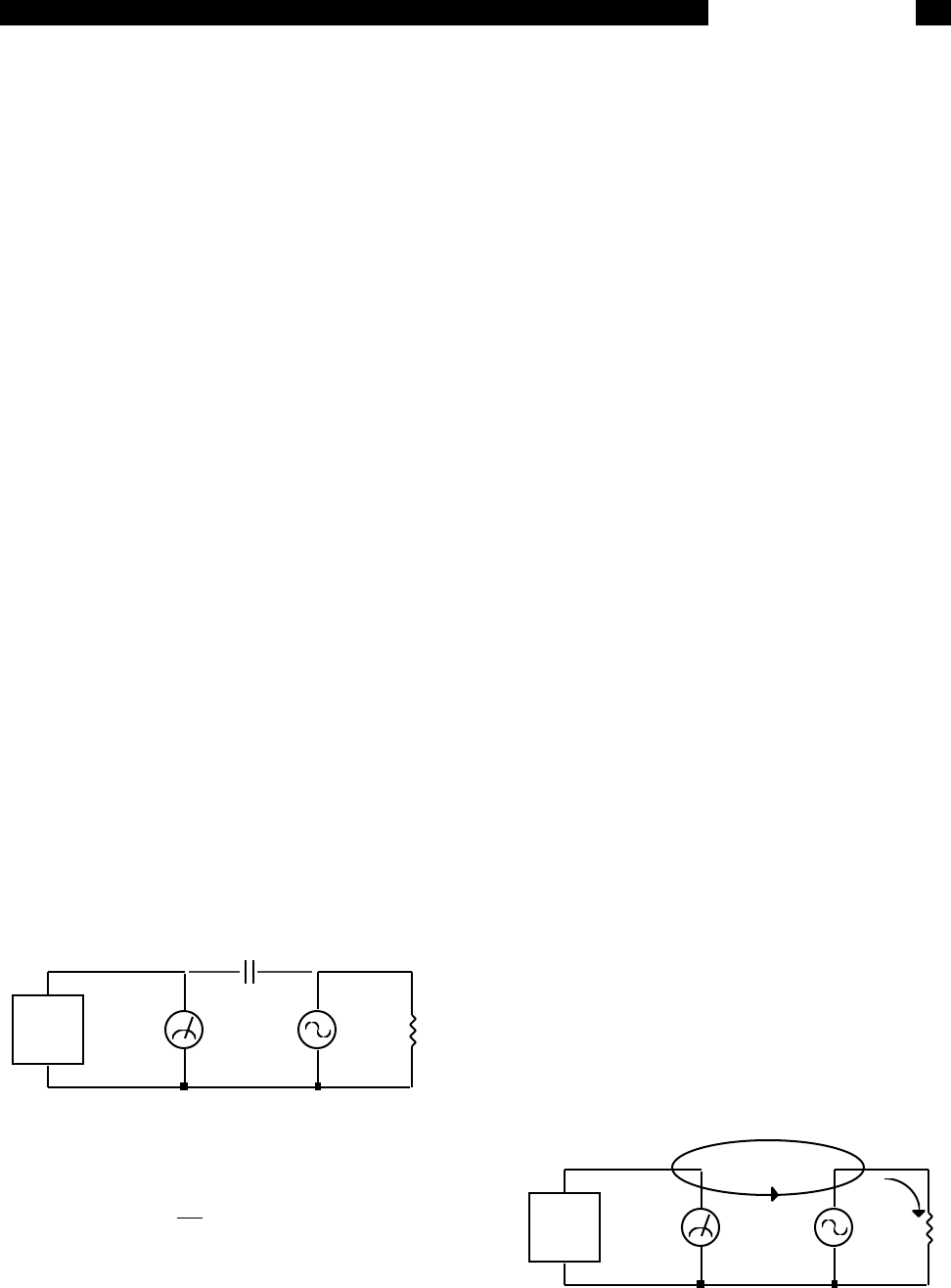
3-25
SR850 Basics
In addition to the intrinsic noise sources discussed
in the previously, there are a variety of external
noise sources within the laboratory.
Most of these noise sources are asynchronous,
i.e. they are not related to the reference and do
not occur at the reference frequency or its harmon-
ics. Examples include lighting fixtures, motors,
cooling units, radios, computer screens, etc.
These noise sources affect the measurement by
increasing the required dynamic reserve or length-
ening the time constant.
Some noise sources, however, are related to the
reference and, if picked up in the signal, will add or
subtract from the actual signal and cause errors in
the measurement. Typical sources of synchronous
noise are ground loops between the experiment,
detector and lock-in, and electronic pick up from
the reference oscillator or experimental apparatus.
Many of these noise sources can be minimized
with good laboratory practice and experiment
design. There are several ways in which noise
sources are coupled into the signal path.
Capacitive coupling
An AC voltage from a nearby piece of apparatus
can couple to a detector via a stray capacitance.
Although C
stray
may be very small, the coupled
noise may still be larger than a weak experimental
signal. This is especially damaging if the coupled
noise is synchronous (at the reference frequency).
We can estimate the noise current caused by a
stray capacitance by,
where ω is 2π times the noise frequency, V
noise
is
the noise amplitude, and C
stray
is the stray
capacitance.
For example, if the noise source is a power circuit,
then f = 60 Hz and V
noise
= 120 V. C
stray
can be
estimated using a parallel plate equivalent capaci-
tor. If the capacitance is roughly an area of 1 cm
2
at a separated by 10 cm, then C
stray
is 0.009 pF.
The resulting noise current will be 400 pA (at
60 Hz). This small noise current can be thousands
of times larger than the signal current. If the noise
source is at a higher frequency, the coupled noise
will be even greater.
If the noise source is at the reference frequency,
then the problem is much worse. The lock-in
rejects noise at other frequencies, but pick-up at
the reference frequency appears as signal!
Cures for capacitive noise coupling include:
1) Removing or turning off the noise source.
2) Keeping the noise source far from the
experiment (reducing C
stray
). Do not bring
the signal cables close to the noise
source.
3) Designing the experiment to measure volt-
ages with low impedance (noise current
generates very little voltage).
4) Installing capacitive shielding by placing
both the experiment and detector in a
metal box.
Inductive coupling
An AC current in a nearby piece of apparatus can
couple to the experiment via a magnetic field. A
changing current in a nearby circuit gives rise to a
changing magnetic field which induces an emf
(dØ
B
/dt) in the loop connecting the detector to the
experiment. This is like a transformer with the
experiment-detector loop as the secondary
winding.
EXTERNAL NOISE SOURCES
i = C
stray
dV
dt
= ωC
stray
V
noise
Detector
Stray Capacitance
Noise
Source
Experiment
Detector
Noise
Source
Experiment
B(t)



